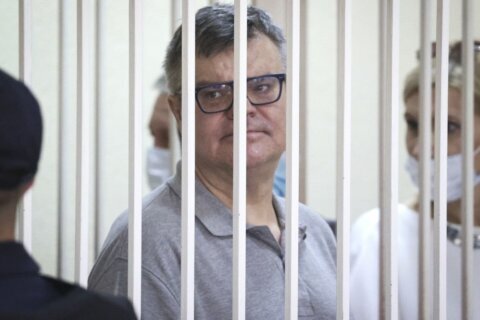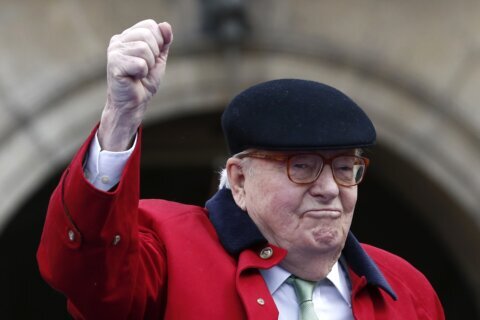LYNNE O’DONNELL
Associated Press
KABUL, Afghanistan (AP) — NATO will continue to support Afghanistan even after the Western alliance closes its chapter on the 13-year-long battle to rid the country of the Taliban and hands over responsibility for its fragile security to the national forces, the alliance’s chief said Thursday.
But the insurgency has shown no signs of abating, spreading across Afghanistan and raising concerns over the challenges facing the Afghan troops who are being killed in record numbers.
NATO’s Secretary General Jens Stoltenberg said the alliance has committed to provide $4.1 billion a year in funding for Afghanistan’s national security forces as well as training — even though it will no longer provide combat support after the end of the year.
“We are ending the combat mission and are starting a new chapter in which the future of Afghanistan is in the hands if the Afghan people,” Stoltenberg said.
Stoltenberg said that the high numbers of Afghan army and police were being killed by the Taliban because they were now doing the fighting, which until a year ago was dominated by NATO and U.S. forces.
“They are in war, in challenging situations,” Stoltenberg said of the Afghan forces. “They have been able to hold the ground, to deny Taliban gaining any ground and what we will do is to continue to help the Afghan security forces develop their ability to reduce the number of casualties.”
Stoltenberg’s remarks, on his first visit to Afghanistan as NATO chief, were markedly more optimistic than those of the second-ranking U.S. and NATO forces commander in Afghanistan, who said earlier in the day that Afghan battle casualties were now at rates that are “unsustainable” if the Taliban are to be defeated.
Lt. Gen. Joseph Anderson told reporters that more members of the Afghan army and police have been killed so far this year than in 2013. The casualty rate has risen this year by 6.5 percent, he said, with 4,634 killed in action, compared to 4,350 the previous year.
Nevertheless, Stoltenberg insisted Afghan forces were ready to take over.
“Afghanistan is not going to be a perfect society, there is going to be fighting, there are going to be a lot of problems, challenges, uncertainty in Afghanistan after 2015,” he told The Associated Press in an interview.
“But we have decided that after 13 years, after building a force of 350,000 personnel, after the first peaceful handover of power in their history and they’ve been able to form a national government, then the time has come to say that the future of Afghanistan is in the hands of the Afghans,” he said.
Once they pull out, NATO and U.S. troops will leave a residual force of up to 12,000 in a training and support capacity.
Stoltenberg said he had invited Afghan President Ashraf Ghani, who took office just over a month ago, to NATO’s ministerial meeting on Dec. 2.
After talks with Stoltenberg, Ghani told a press conference that Afghanistan’s relationship with the international community, which has poured hundreds of billions of dollars in military and aid support to the country since 2001, would in future focus on a wide range of non-security issues, including women’s rights, governance and environmental protection.
However, the Taliban remain an imposing force in much of Afghanistan, carrying out near-daily attacks, mainly targeting security forces.
In eastern Paktia province, police chief Gen. Zalmai Huryakhil said authorities on Thursday received bodies of 10 civilians from the nearby provinces of Khost and Logar shot and killed by the Taliban.
The bodies were brought in by local village elders because security forces cannot operate in the area where the bodies were found.
Taliban spokesman Zabihullah Mujahid said the insurgents killed the 10, insisting they were all members of the police.
Copyright 2014 The Associated Press. All rights reserved. This material may not be published, broadcast, rewritten or redistributed.







